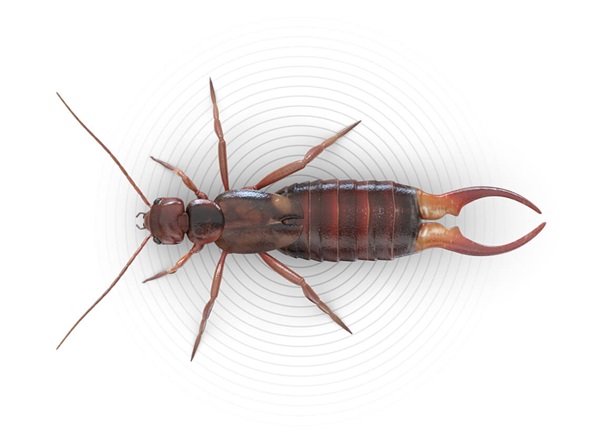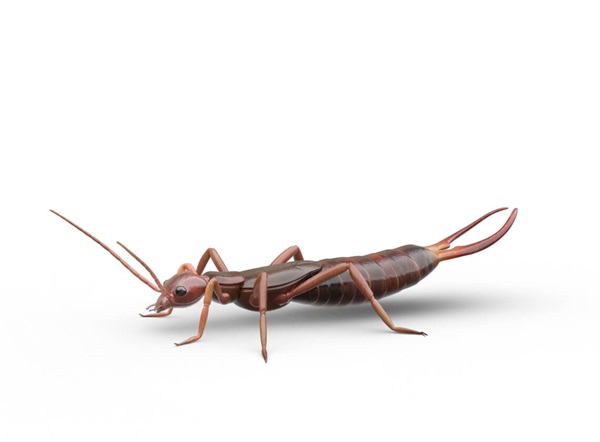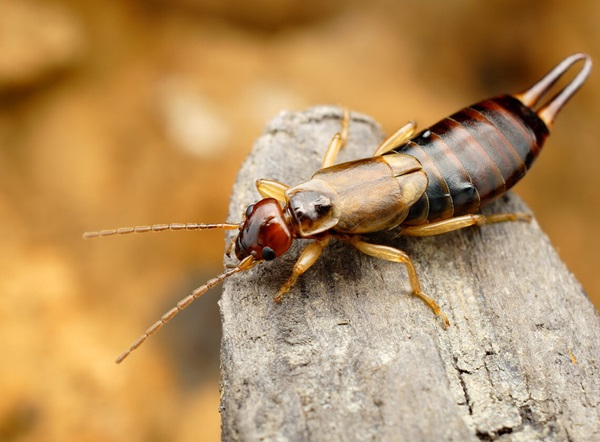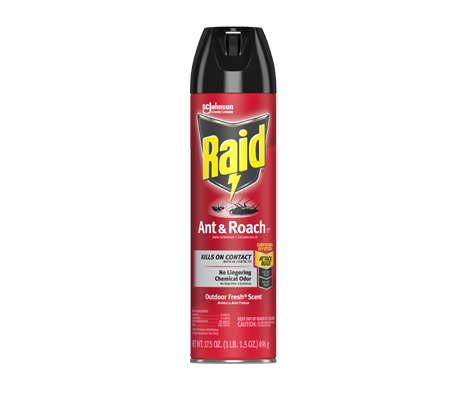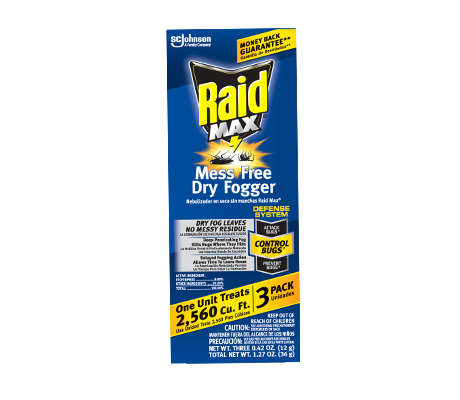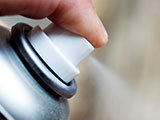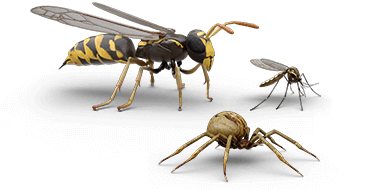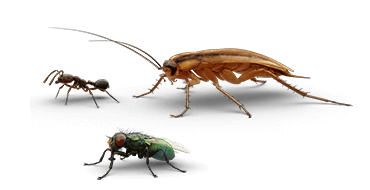General Information
Earwigs get their name from the widespread superstition that these bugs crawl into people’s ears while they sleep.1 Fortunately, this is just a myth and earwigs are considered to be generally harmless to people. Nonetheless, these scary-looking pincher bugs can be a nuisance when found indoors. Find out more about these creatures and learn how to help get rid of earwigs.
-
Earwigs are sometimes called “pincher bugs” because they have forcep-like pinchers.
-
Earwigs are most active at night and can move very fast.
-
They are often transported great distances in potted plants, nursery stock, other plant material, or firewood.
-
Earwigs do not bite. However, if they are picked up or feel threatened, they will use their forceps to give a slight pinch.
Details
-
Earwigs usually find shelter beneath stones, boards, debris, heavily thatched lawns, or in mulched flowerbeds.
-
Earwigs come inside looking for food or a more suitable environment to hide.
-
They are scavengers, feeding on dead animal and plant material. Some species will also feed on living plants.
-
Earwigs will not damage the home or infest food supplies, but they can be a nuisance when found in the home.
-
Some pincher bugs will damage flowers and various crops.
-
Their forcep-like tail makes earwigs look dangerous and can be frightening to some people when found indoors.1 However, these scary-looking bugs are not dangerous to humans.
-
When disturbed or crushed, earwigs can emit a foul-smelling, yellowish-brown liquid from their sweat glands.1
-
Keep compost piles and decaying vegetation away from the house.
-
Caulk windows and any foundation cracks to help keep earwigs from entering your home.
-
If you notice earwigs in your house or basement, try running a dehumidifier to make the areas less humid, and therefore less appealing to these bugs.
